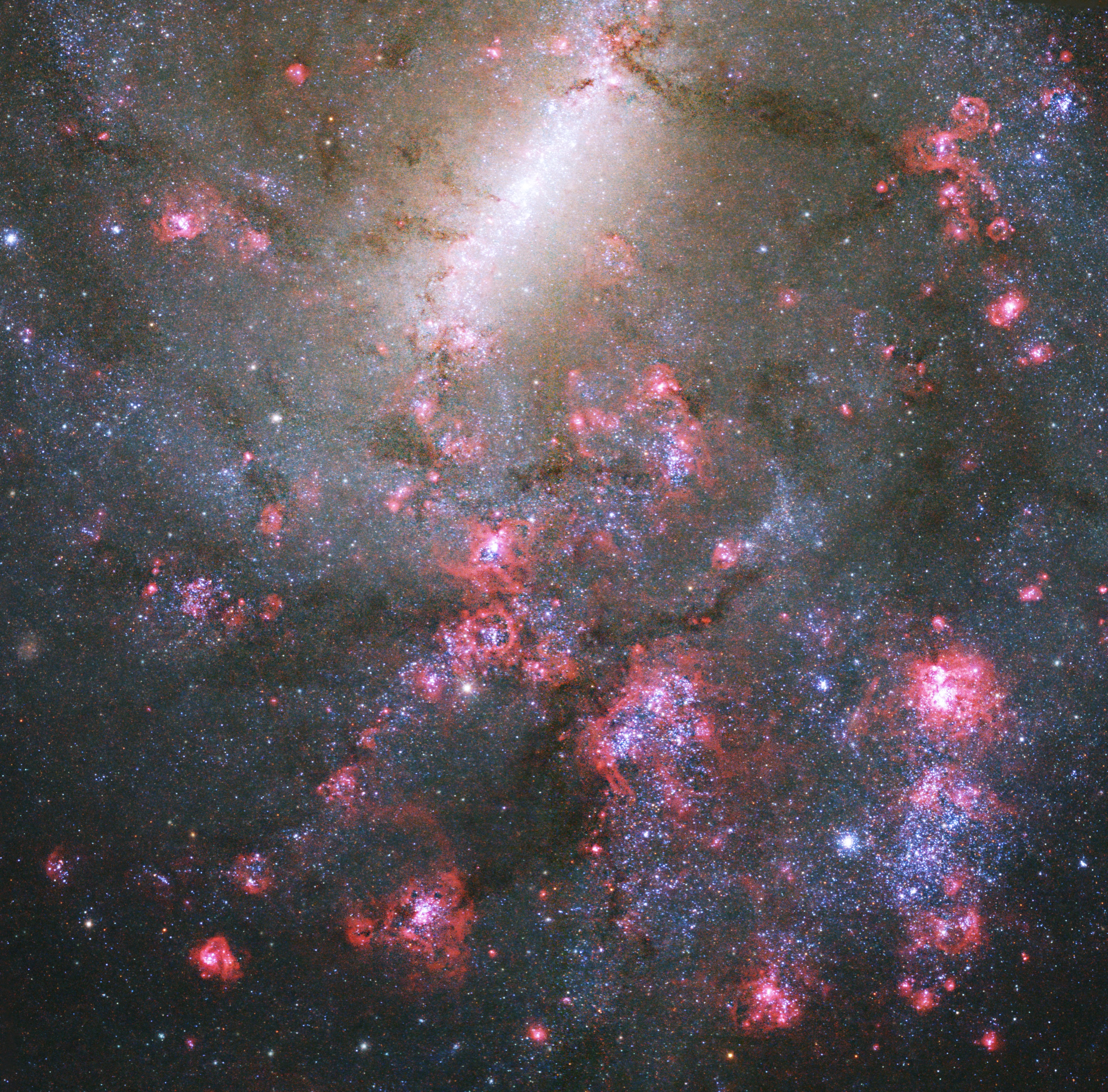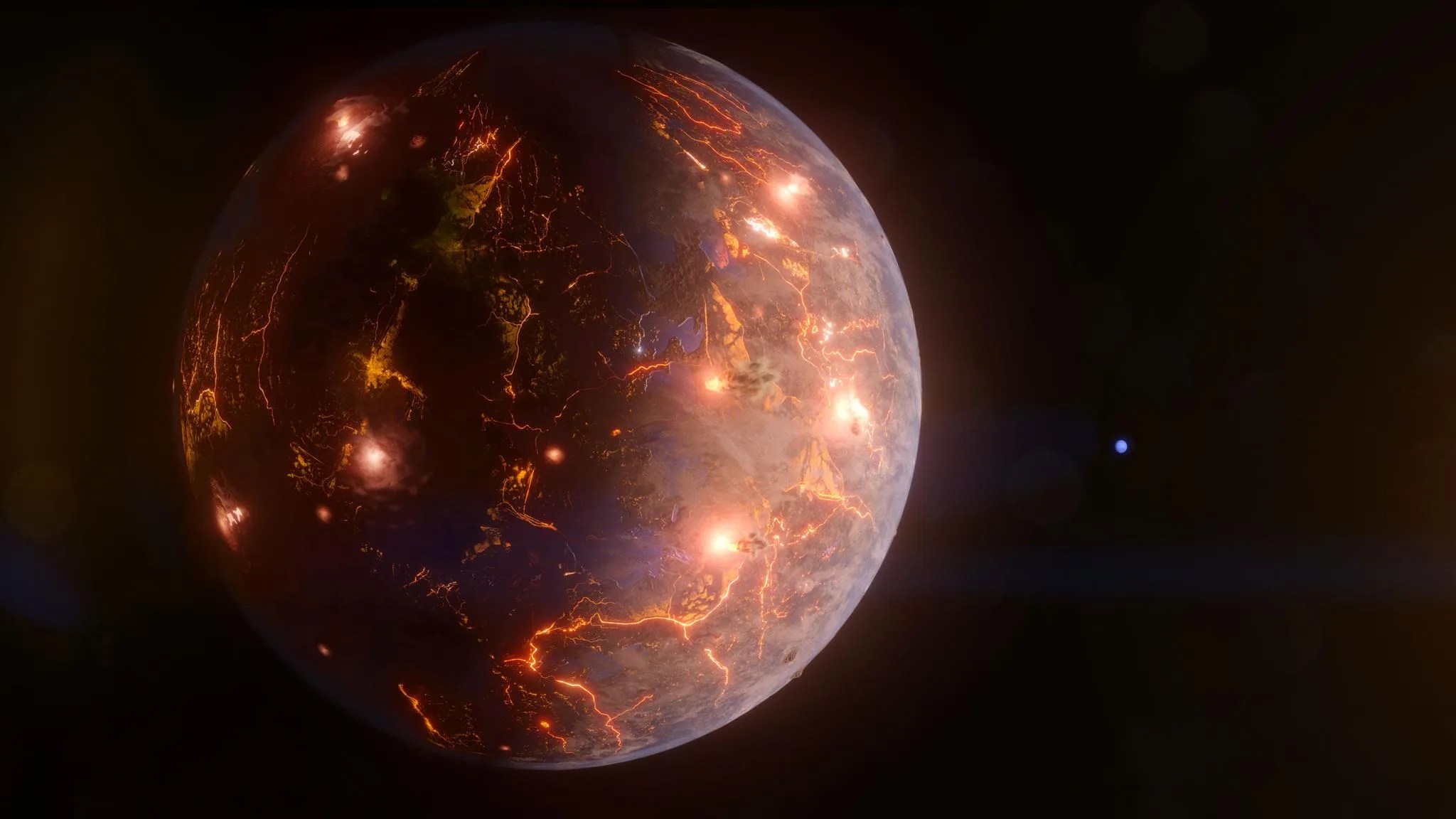Types of Black Holes
Astronomers generally divide black holes into three categories according to their mass: stellar-mass, supermassive, and intermediate-mass. The mass ranges that define each group are approximate, and scientists are always reassessing where the boundaries should be set. Cosmologists suspect a fourth type, primordial black holes formed during the birth of the universe, may also lurk undetected in the cosmos.

Stellar
When a star with more than eight times the Sun’s mass runs out of fuel, its core collapses, rebounds, and explodes as a supernova. What’s left behind depends on the star’s mass before the explosion. If it was near the threshold, it creates a city-sized, superdense neutron star. If it had around 20 times the Sun’s mass or more, the star’s core collapses into a stellar-mass black hole.

The masses of these newly born objects can range from a few to hundreds of times the Sun’s mass, depending on star’s mass when the supernova began. Stellar-mass black holes can continue to gain mass through collisions with stars and other black holes.
Nearly all the stellar-mass black holes observed so far have been found because they’re paired with stars. They likely originated as mismatched stars where the more massive one evolved rapidly into a black hole. In some cases, called X-ray binaries, the black hole pulls gas off the star into a disk that heats up enough to produce X-rays. Binaries have revealed around 50 suspected or confirmed stellar-mass black holes in the Milky Way, but scientists think there may be as many as 100 million in our galaxy alone.
Supermassive
Almost every large galaxy, including our Milky Way, has a supermassive black hole at its center. These monster objects have hundreds of thousands to billions of times the Sun’s mass, although some scientists place the lower boundary at tens of thousands.

The one at the center of our galaxy, Sagittarius A* (pronounced ey-star), is 4 million times the mass of the Sun – relatively small compared to those found in some other galaxies. For example, the black hole at the center of galaxy Holmberg 15A holds at least 40 billion solar masses.
Scientists aren’t sure how these monster objects came to be.
Observations of distant galaxies show that some supermassive black holes formed in the first billion years after the birth of the universe. It’s possible these black holes began with the collapse of supermassive stars in the early universe, which gave them a head start.
While their origins are mysterious, scientists know supermassive black holes can grow by feeding on smaller objects, like their stellar-mass relatives and neutron stars. They can also merge with other supermassive black holes when galaxies collide.
Intermediate
Scientists are puzzled by the size gap between stellar-mass and supermassive black holes.

They think there should be a continuum of sizes because, over cosmic time, collisions between stellar-mass black holes should have created some intermediate-mass black holes. These should range from around one hundred to hundreds of thousands of times the Sun’s mass – or tens of thousands, depending on how supermassive black holes are defined. Scientists are actively hunting for examples of these so-called missing-link black holes. Numerous candidates have been identified but have proven difficult to confirm.
Primordial
Scientists theorize that primordial black holes formed in the first second after the birth of the universe. In that moment, pockets of hot material may have been dense enough to form black holes, potentially with masses ranging from 100,000 times less than a paperclip to 100,000 times more than the Sun’s. Then as the universe quickly expanded and cooled, the conditions for forming black holes this way ended.
Now, 13.8 billion years later, scientists haven’t yet found definitive proof these primordial black holes ever existed. It’s possible, however, that they could have evaporated as the cosmos aged due to quantum mechanical processes occurring at the edges of their event horizons. According to theoretical predictions, lower-mass black holes (those with less mass than a mountain) would evaporate more quickly than larger ones, which could mean many of these early black holes have completely dissipated. But more massive primordial black holes could still linger across the universe.





